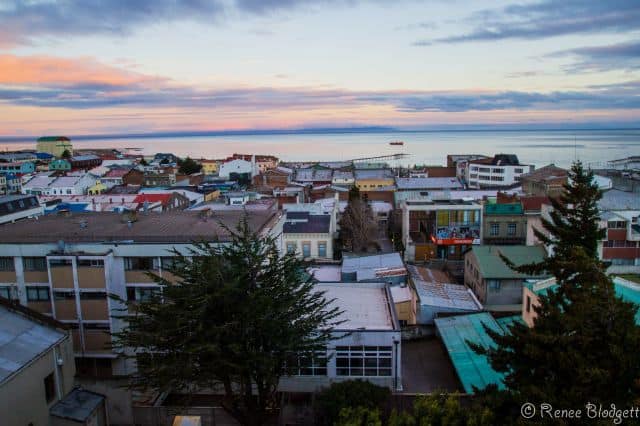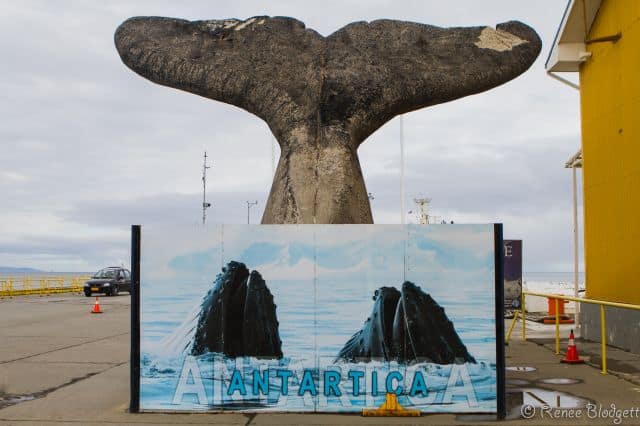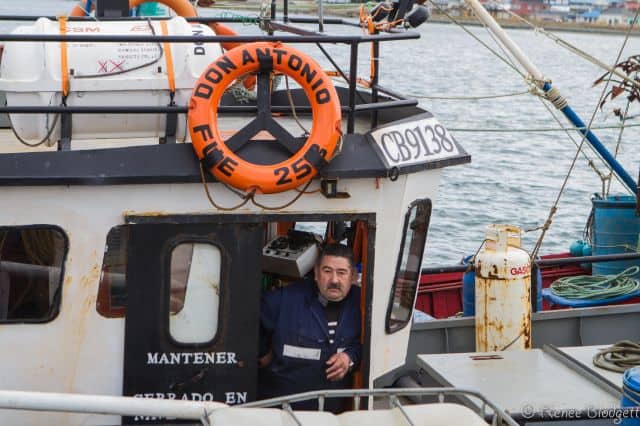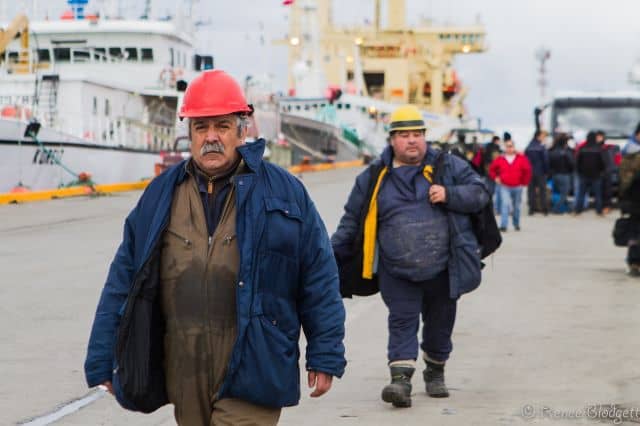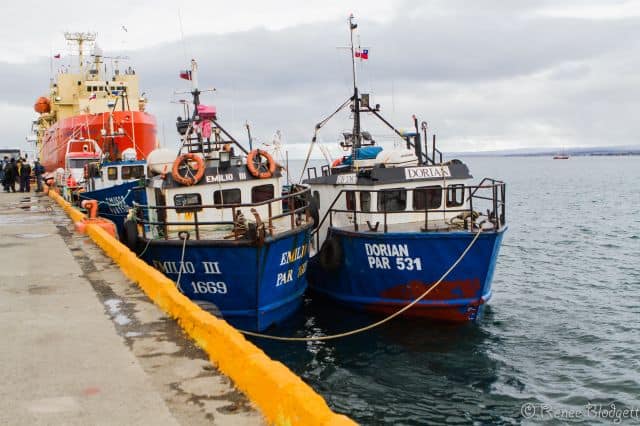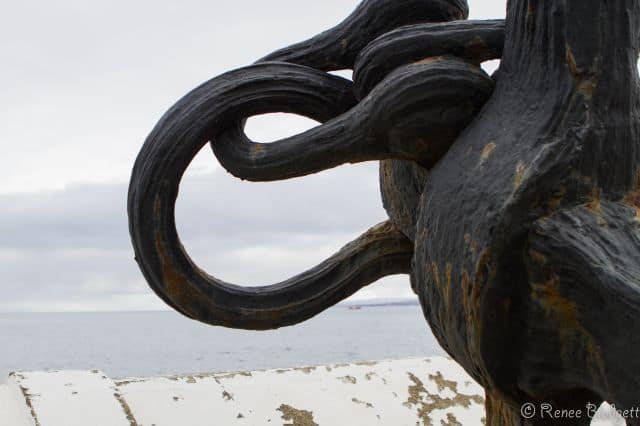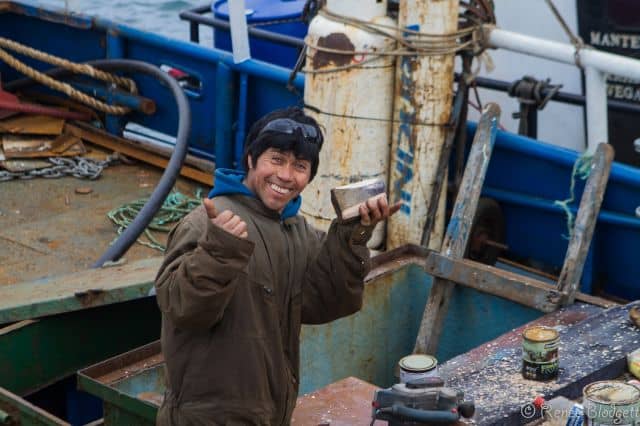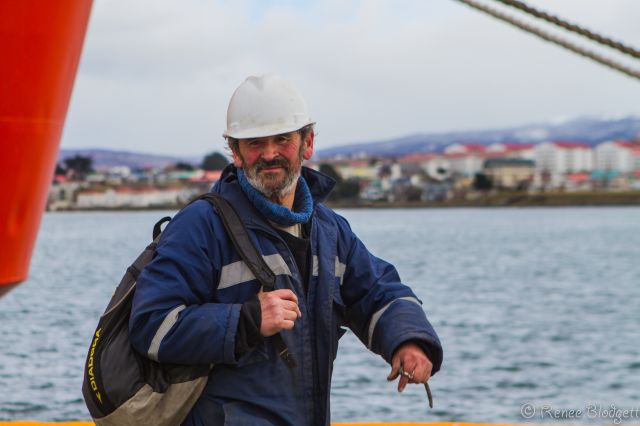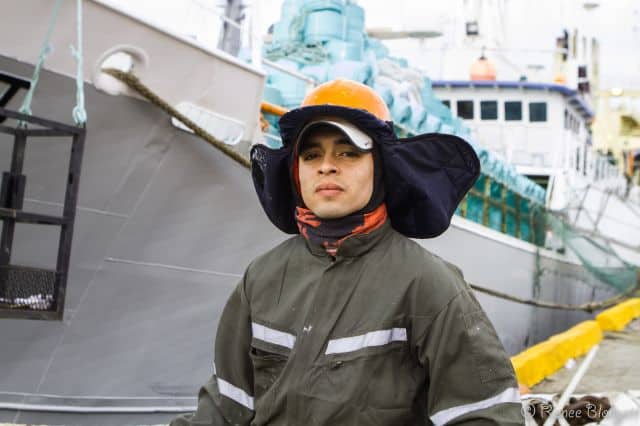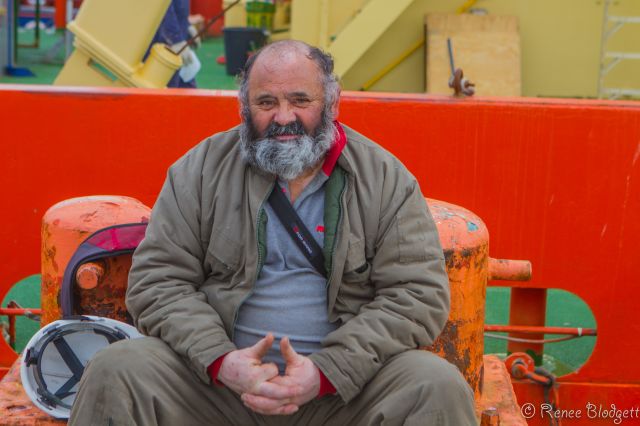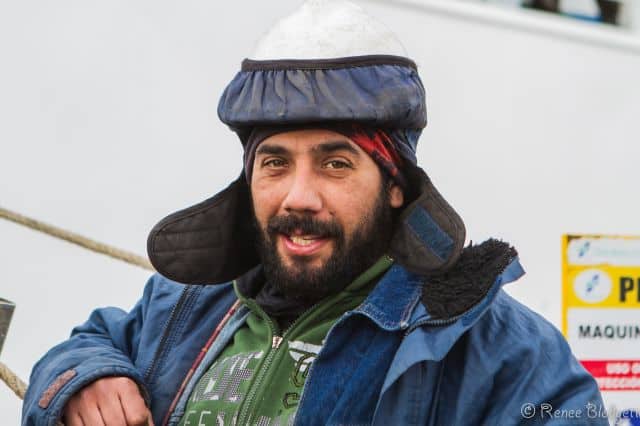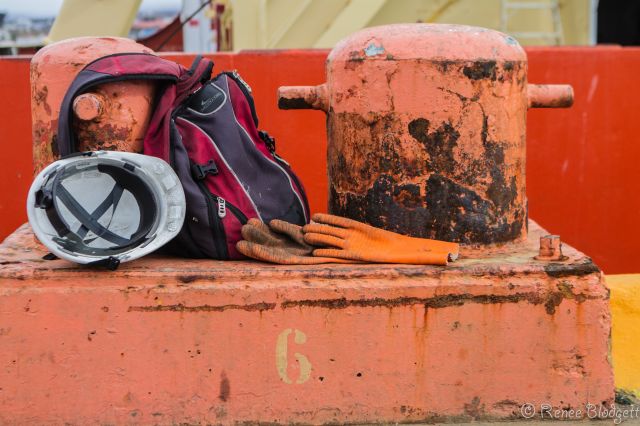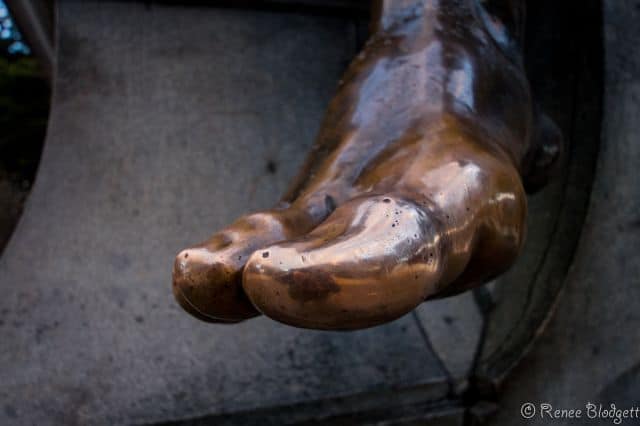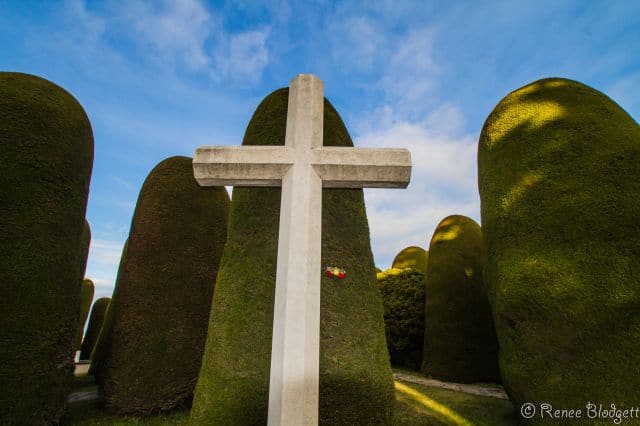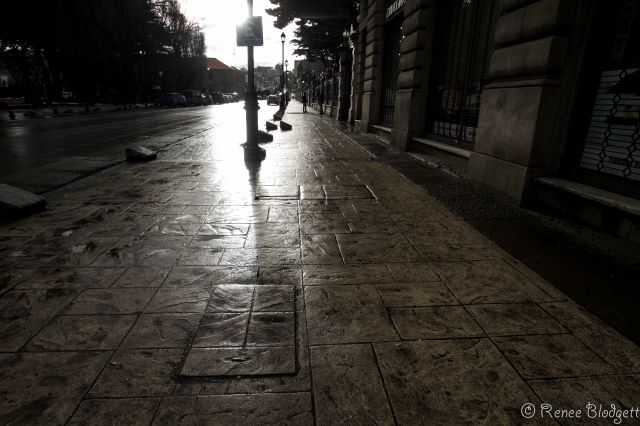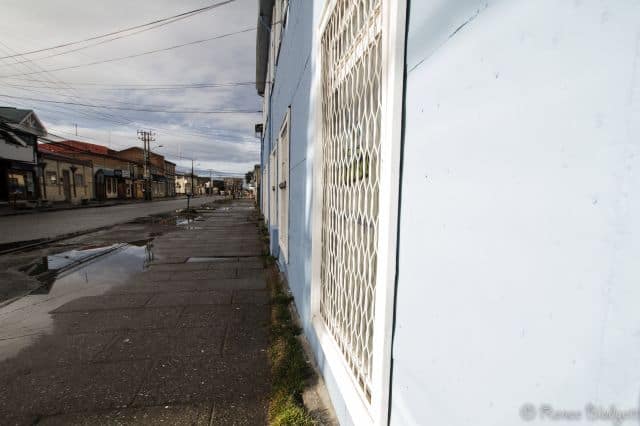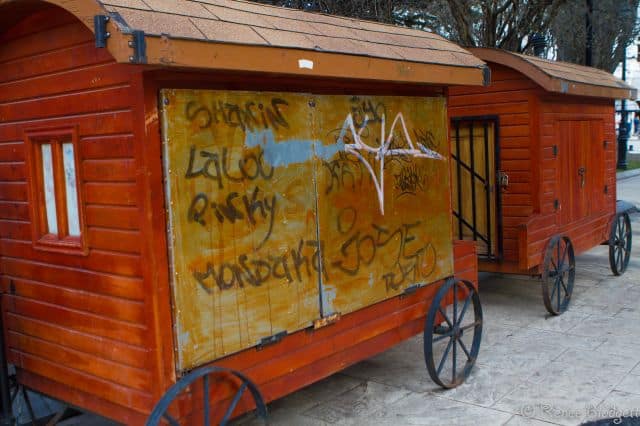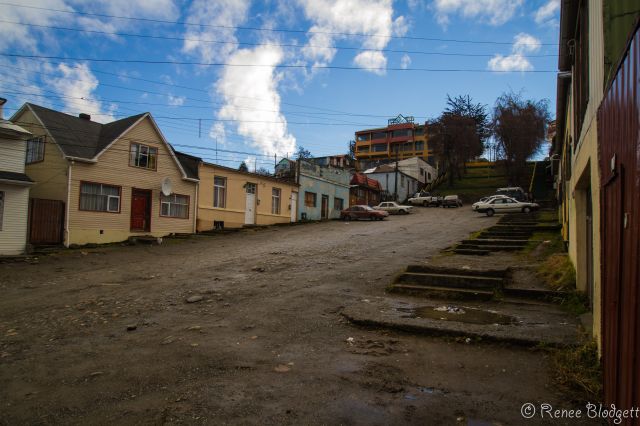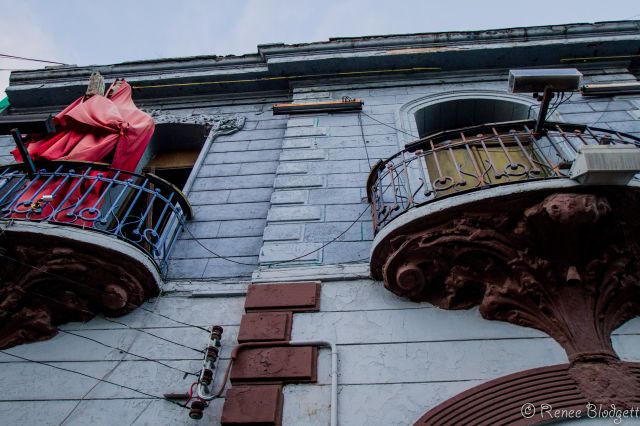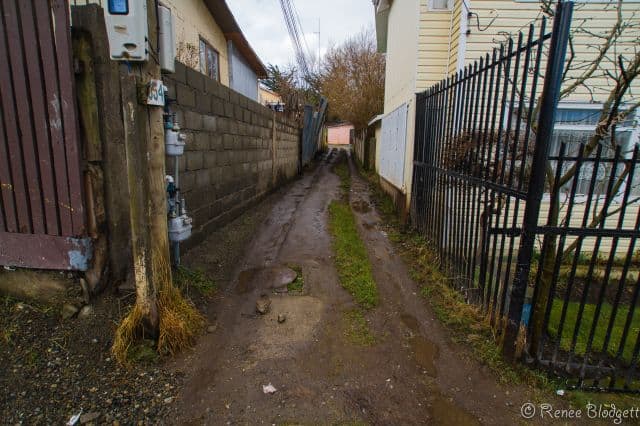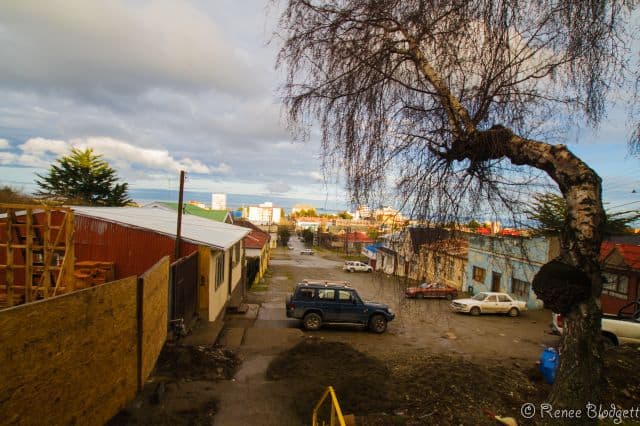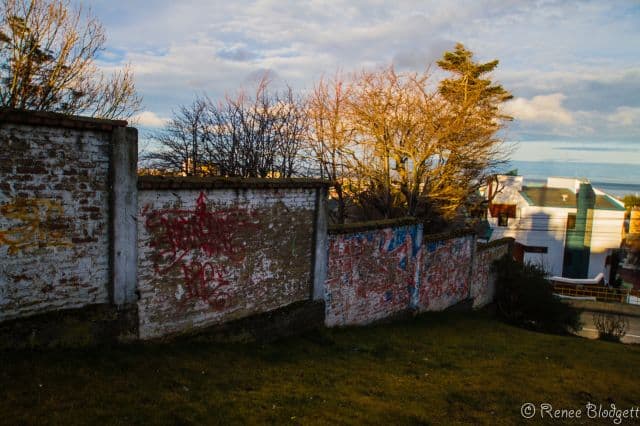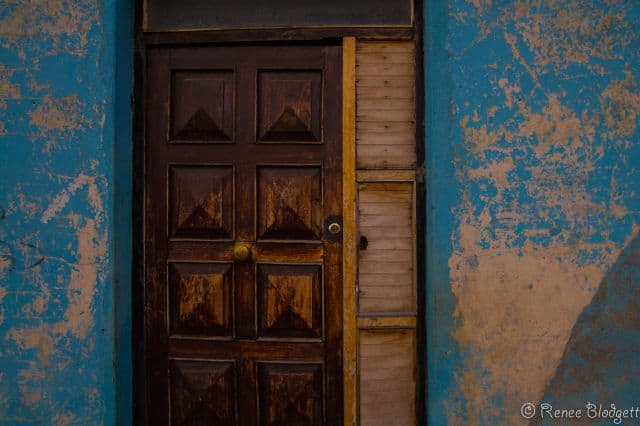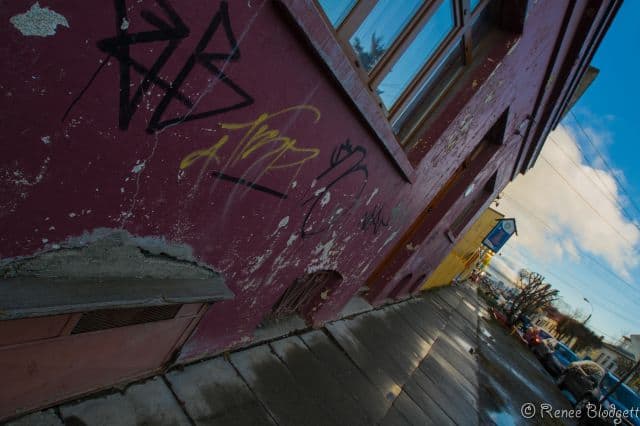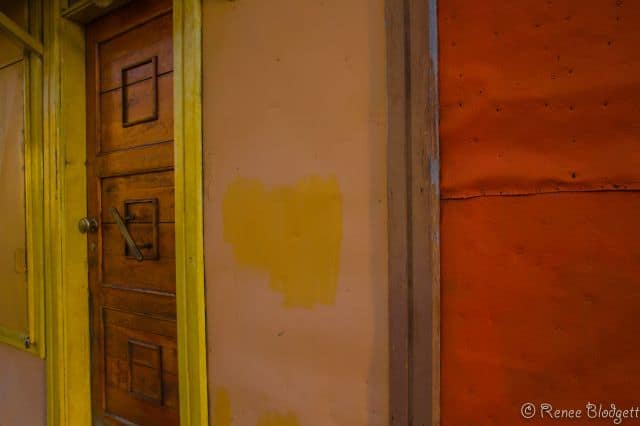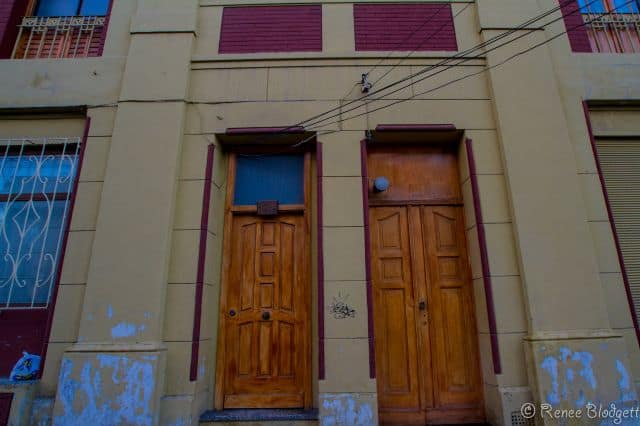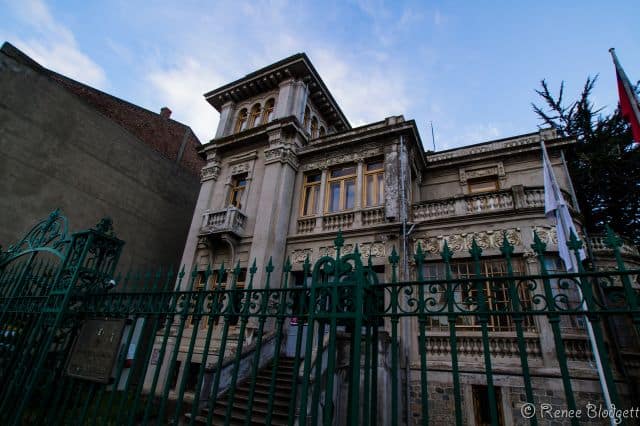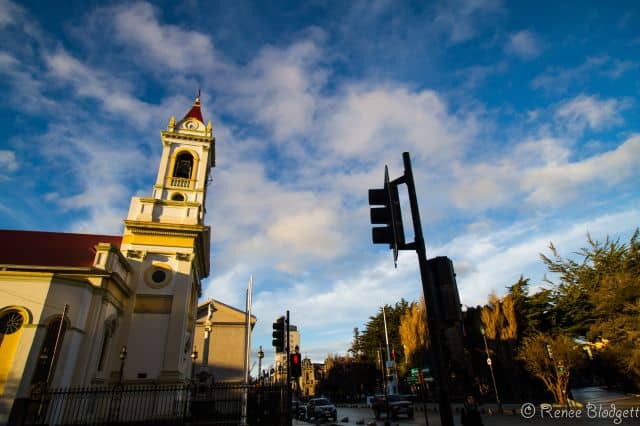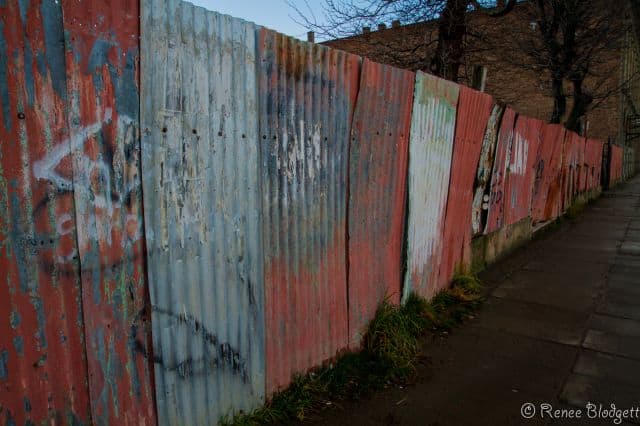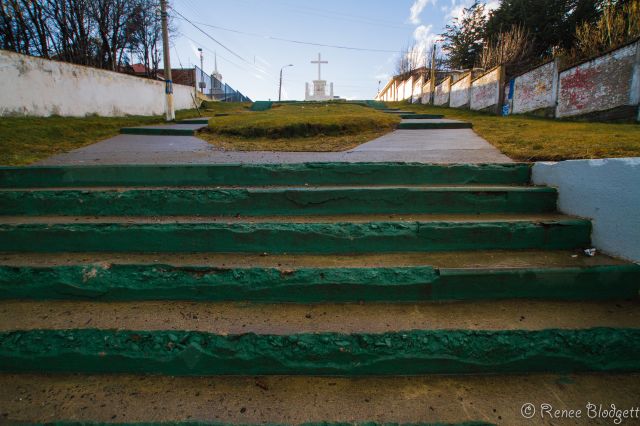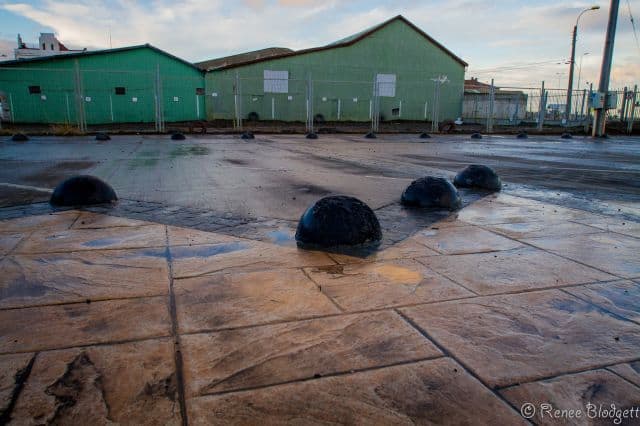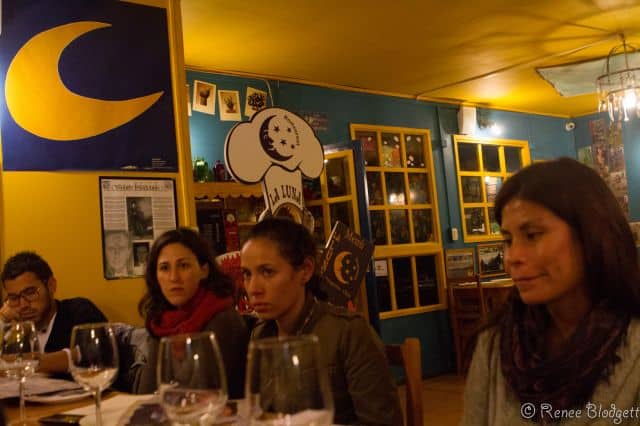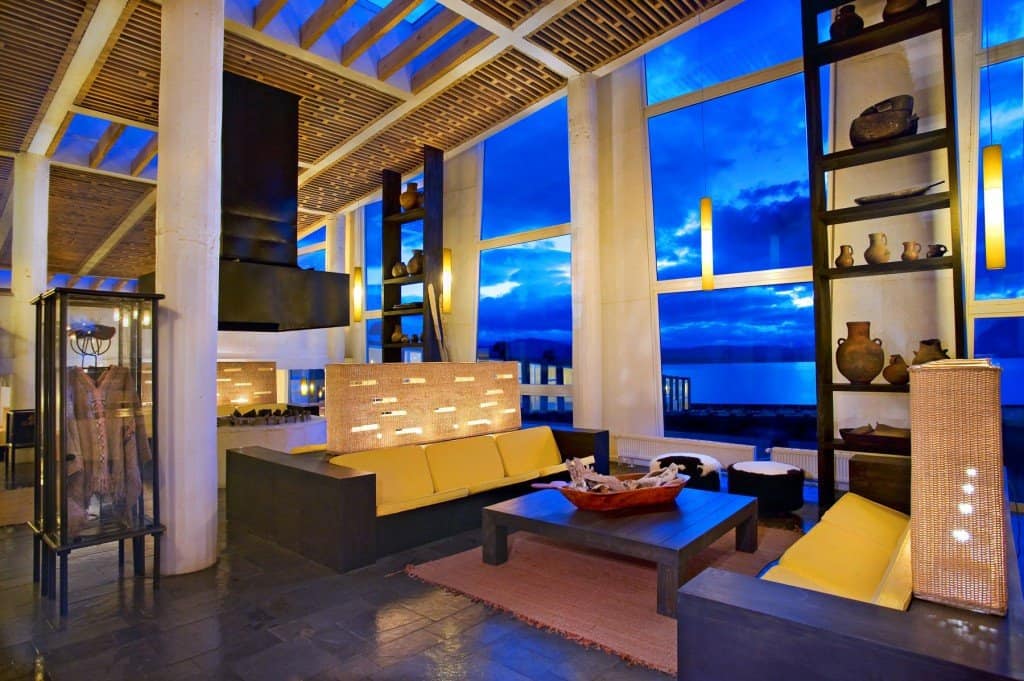For those who haven’t heard of Punta Arenas before, it is a commune and the capital city of Chile’s southernmost region, which includes Magallanes and Antartica Chilena. The city was officially renamed Magallanes in 1927, but in 1938 it was changed back to Punta Arenas. Essentially it is important to know about if you want to explore any of Chile’s southern gems, such as Patagonia’s nature, take a boat or flight to Antarctica, trekking or simply taking in the magestic views of glaciers and the fauna and wildlife in the nearby Torres Del Paine National Park.
Located on the Brunswick Peninsula north of the Strait of Magellan, Punta Arenas was originally established by the Chilean government in 1848 as a tiny penal colony and part of the government’s colonization of the southern islands. Today, it has become a center for embarking on expeditions that take you into some of Chile’s most beautiful natural surroundings, including hikes, fly fishing and parks.
I had time on the front and back end of my trip to explore some of the restaurants and shops as well as the architecture and cultural nuances of the town. Let’s start with the harbor:
It must be brutal in the dead of winter, but I tried not to think about that as I made my way down to the end of the port watching the men clean the ship and take smoke breaks. It’s not hard to make friends here.
In the center of town lies the town square Plaza Muñoz Gamero, which in addition to the golden statue (below), lies flowering trees, 19th century mansions depicting some of the best of Spanish architecture, locals selling crafts and benches to sit on and watch the day go by. The town square itself is surrounded by cafes, shops and hotels. In the town square itself is the historical statue of Hernando de Magellanes, which has a tradition. Once you kiss the golden toe, you will be sure to return to Patagonia.
There’s also a market in town, as well as a cathedral. Other attractions worth taking in include the Braun Menendez Palace, the Salesian Museum, the cemetery, the Sheperd’s Monument, Sara Braun Palace, the City Hall (Jose Montes Palace) and the Municipal Theatre.
The historical Punta Arenas Cemetery which dates back to 1894, is located just outside town and is meant to be one of the most beautiful cemeteries in the world. See our separate write-up on the cemetery for more stunning visuals of this peaceful and serene place. There is no shortage of perfectly and meticulously manicured cypress trees and over-the-top mausoleums and tombs, many of which belong to some of Punta Arena’s earliest pioneers.
Aside from the more traditional attractions, you should just take a meander through town – this is one of my favorite things to do as soon as I get to a town or city. Here, you learn the most about the local culture, the architecture, the way people spend their time, where to go and not go and where the artists hang. Go on a visual journey with me.
Restaurants:
Try La Luna Restaurant which has a political history as well (see our write-up on La Luna Restaurant). The ambiance is fun, the walls are creatively painted and you can get a wide range of beers, piscos, Chilean wine and traditional dishes that span several pages on their menu – the seafood and pasta dishes are scrumptious.
Other recommendations include La Marmita on Plaza Sampaio, Restaurant Puerto Viejo for seafood, El Remezón and La Pérgola for traditional Patagonia meals (heavy in meat) and Damiana Elena, also for traditional cuisine. Remezon is also a great find and has a romantic old fashioned feel to it with a wood fired oven as part of its appeal, which is perfect on a cold Patagonia day.
Hotels:
I stayed in the very central and traditional Hotel Cabo De Hornos, but if you have a car or are okay staying a few miles out of town, I’d recommend Remota Hotel, which touts sustainable and au natural in every way while also staying elegant. I had dinner there and took in a modern ballet dance performance – they also have a fabulous pool and lounge area.
Other recommendations include Hotel Carpa Manzano (4 stars), Hotel Rey Don Felipe (4 stars), Estancia Rio de Los Ciervos (3 stars), and if on a budget, Hostal Patagonia and Dreams Punta Arenas.
For more on Chile, visit our Chile section. Best of Chile / Best of Patagonia. Photos by Renee Blodgett.

Renee Blodgett is the founder of We Blog the World. The site combines the magic of an online culture and travel magazine with a global blog network and has contributors from every continent in the world. Having lived in 10 countries and explored over 90, she is an avid traveler, and a lover, observer and participant in cultural diversity. She is also the founder of the Magdalene Collection, a jewelry line dedicated to women’s unsung voices and stories, and the award-winning author of the bestselling book Magdalene’s Journey
She is founder of Blue Soul Media and co-founder of Blue Soul Earth as well as the producer and host of the award-winning Blue Soul CHATS podcast, that bridges science, technology and spirituality. Renee also founded Magic Sauce Media, a new media services consultancy focused on viral marketing, social media, branding, events and PR. For over 20 years, she has helped companies from 12 countries get traction in the market. Known for her global and organic approach to product and corporate launches, Renee practices what she pitches and as an active user of social media, she helps clients navigate digital waters from around the world. Renee has been blogging for over 16 years and regularly writes on her personal blog Down the Avenue, Huffington Post, BlogHer, We Blog the World and other sites. She was ranked #12 Social Media Influencer by Forbes Magazine and is listed as a new media influencer and game changer on various sites and books on the new media revolution. In 2013, she was listed as the 6th most influential woman in social media by Forbes Magazine on a Top 20 List.
Her passion for art, storytelling and photography led to the launch of Magic Sauce Photography, which is a visual extension of her writing, the result of which has led to producing six photo books: Galapagos Islands, London, South Africa, Rome, Urbanization and Ecuador.
Renee is also the co-founder of Traveling Geeks, an initiative that brings entrepreneurs, thought leaders, bloggers, creators, curators and influencers to other countries to share and learn from peers, governments, corporations, and the general public in order to educate, share, evaluate, and promote innovative technologies.

